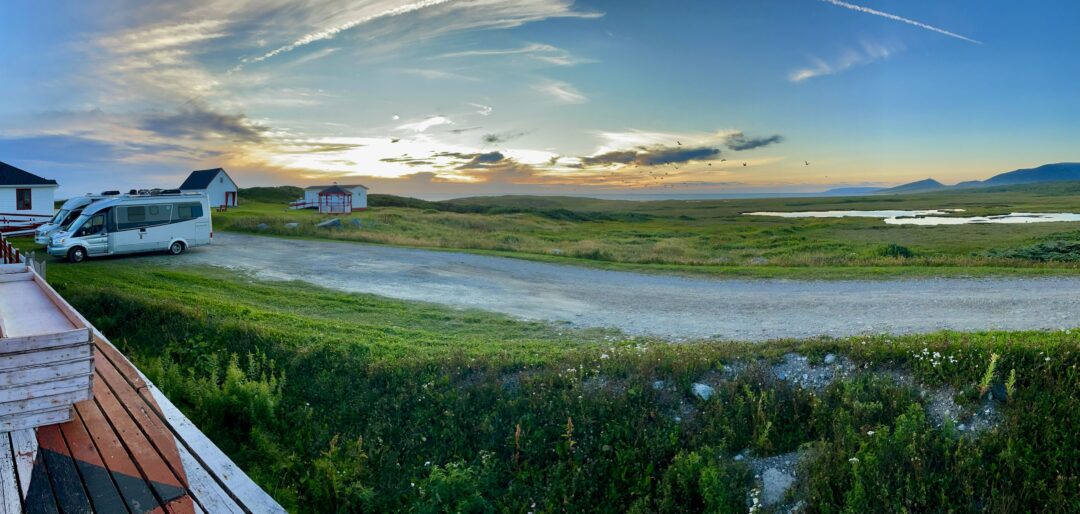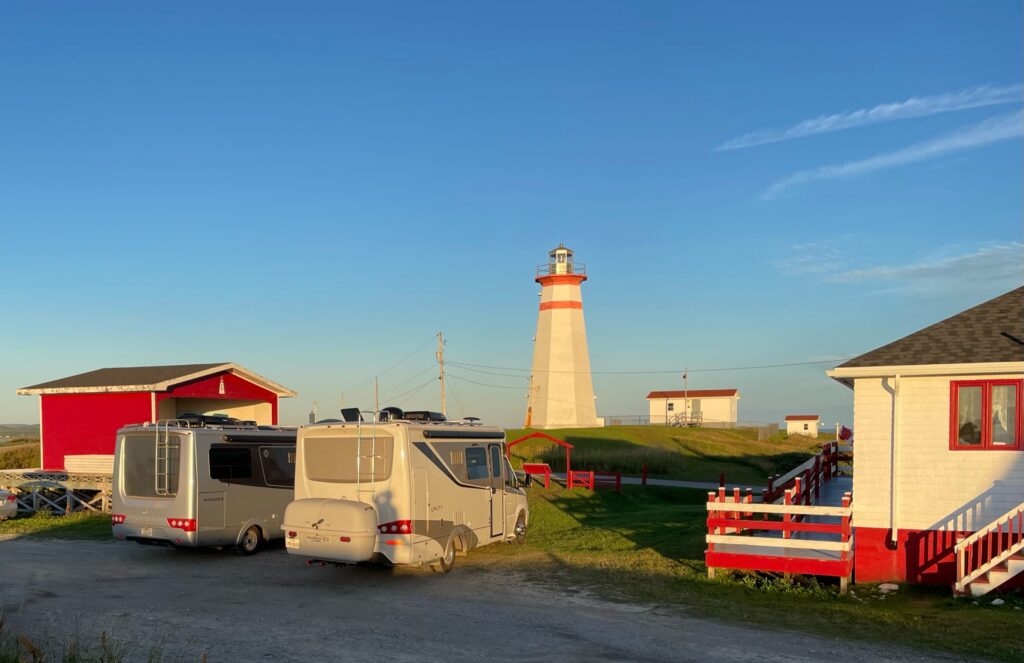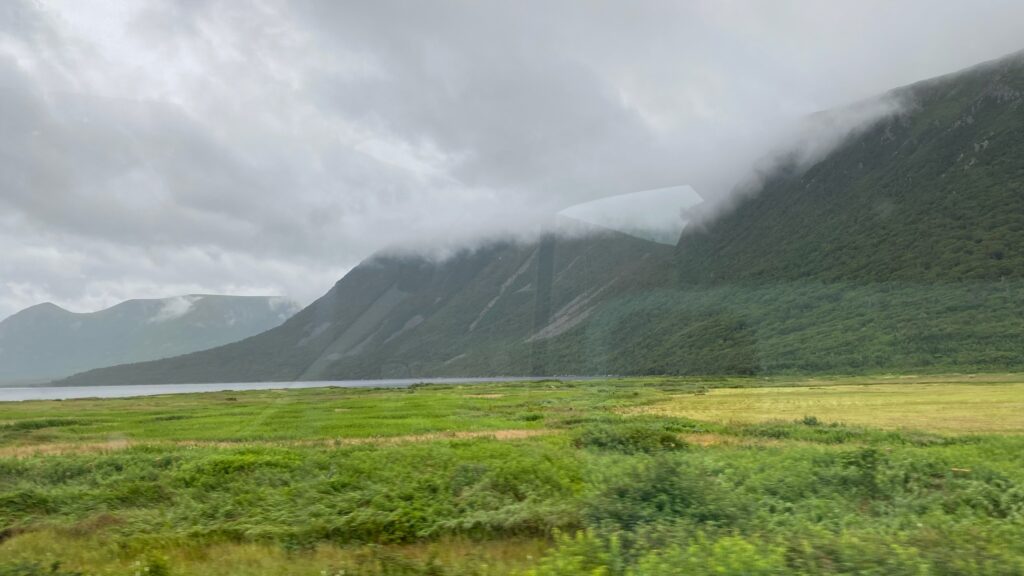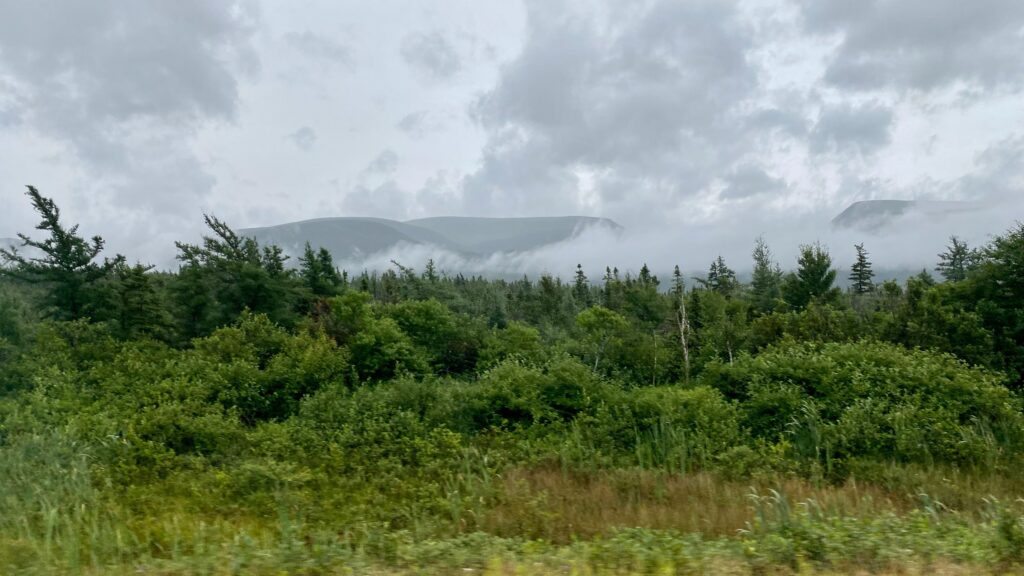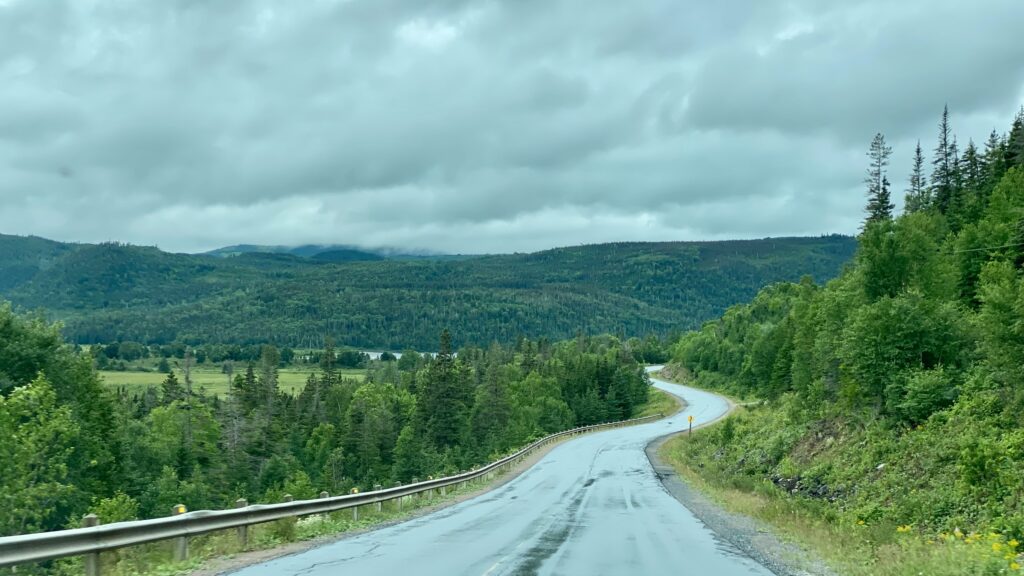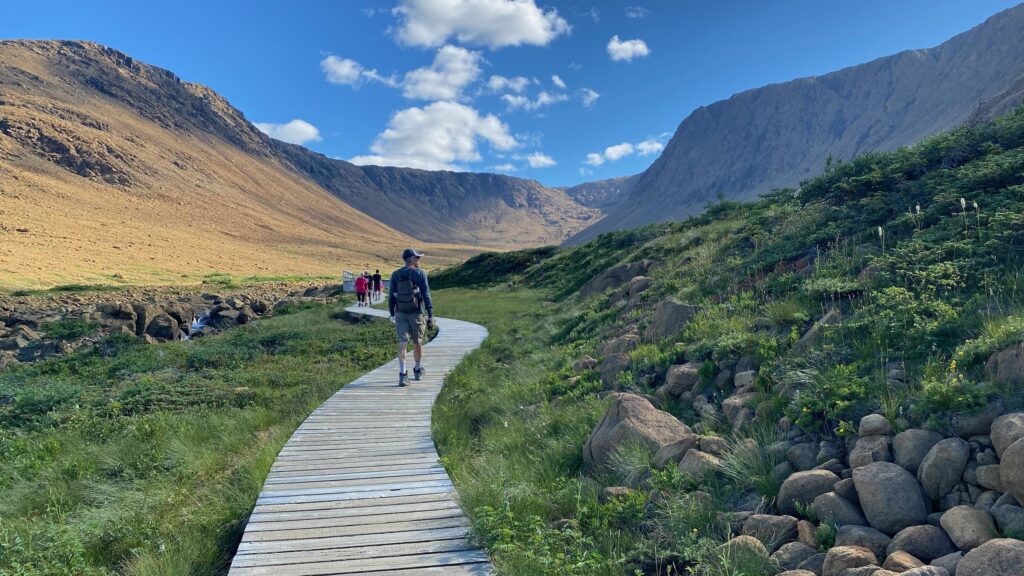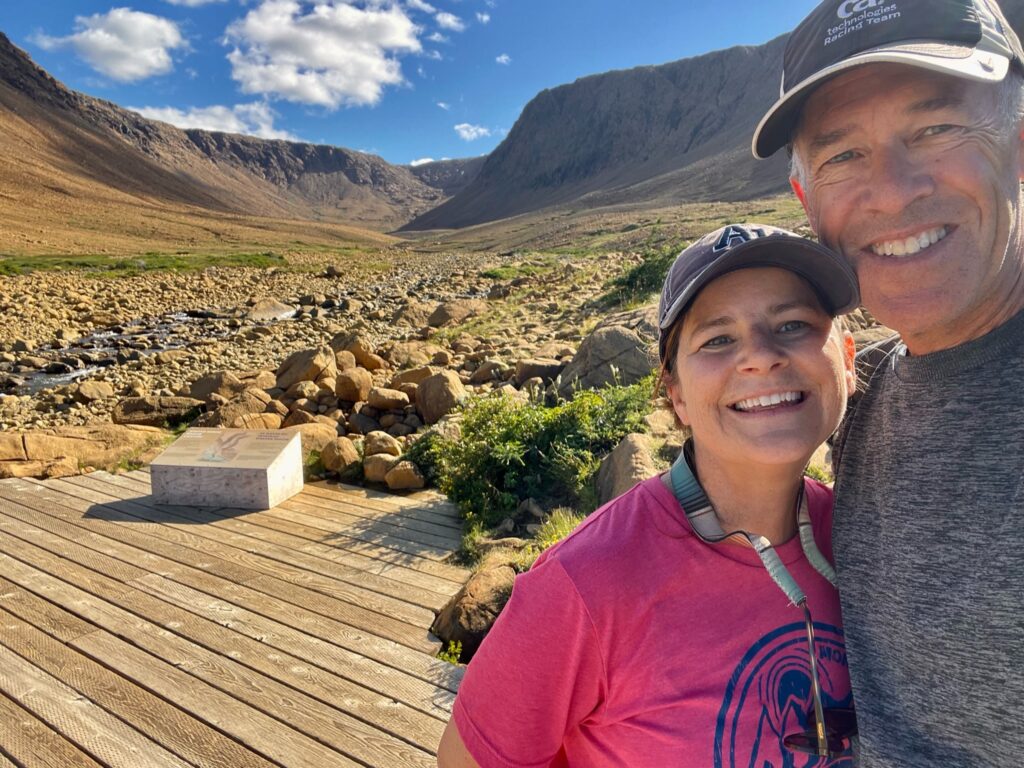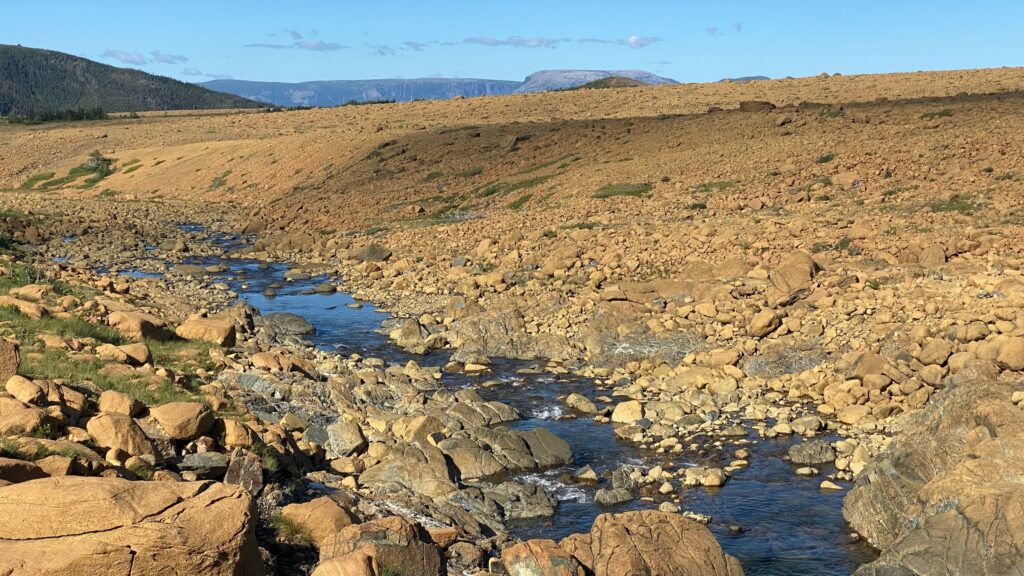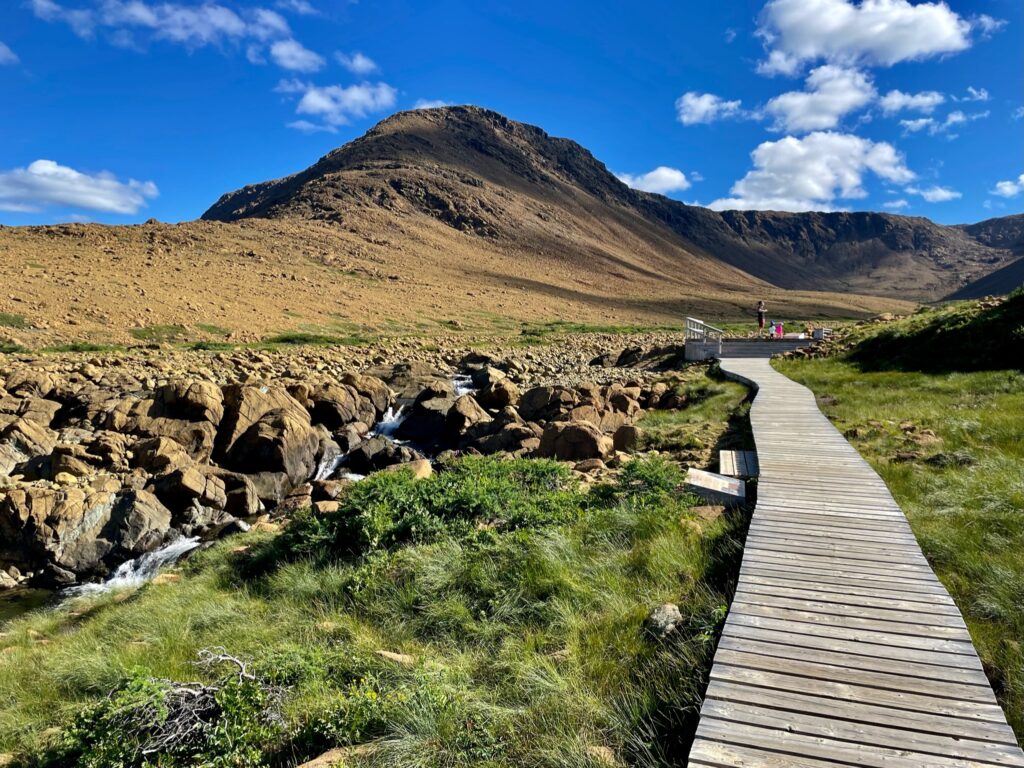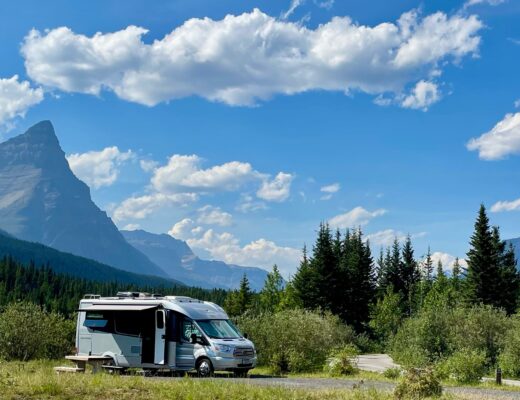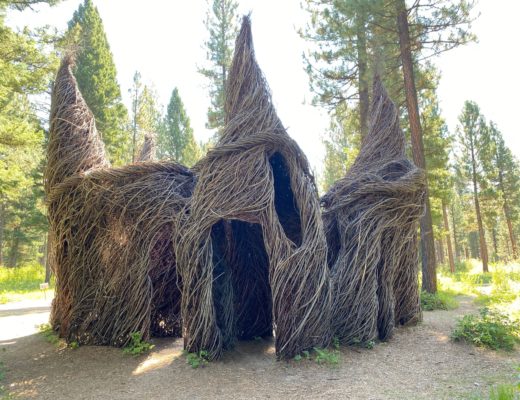After 6 picturesque days on Prince Edward Island (post here), we began the journey back across the Confederation Bridge and down through Nova Scotia to the ferry in Sydney that would transport us and the RV to Newfoundland!
The ferry is huge. Multiple 18-wheelers loaded with supplies rolled into its bowels before we loaded. The ferry felt more like a small cruise ship than a ferry with plenty of seats, televisions, computer workstations, and a small café with seating and music. The trip took us about 5 hours. Bailey had to ride in the RV, and we were not allowed to check on her during the trip, so she was happy to see us when we docked and drove off the ship.
Some other Leisure Travel Van owners, Karen and Martin, introduced themselves to us while on the ferry. They’d picked a boondocking site at Cape Ray for the evening that sounded amazing, so we headed that way as well.
The Cape Ray museum was closed for the evening by the time we arrived, but there were a few signboards about the history of the area and the rocky coastline was gorgeous.
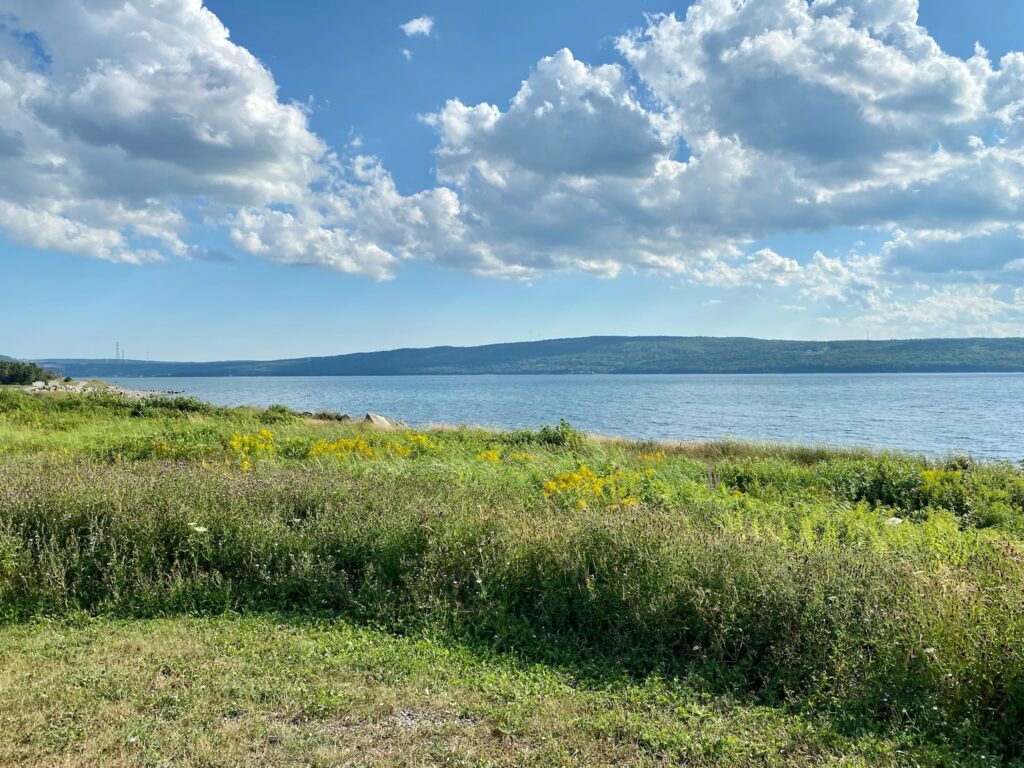
Drive to Sydney 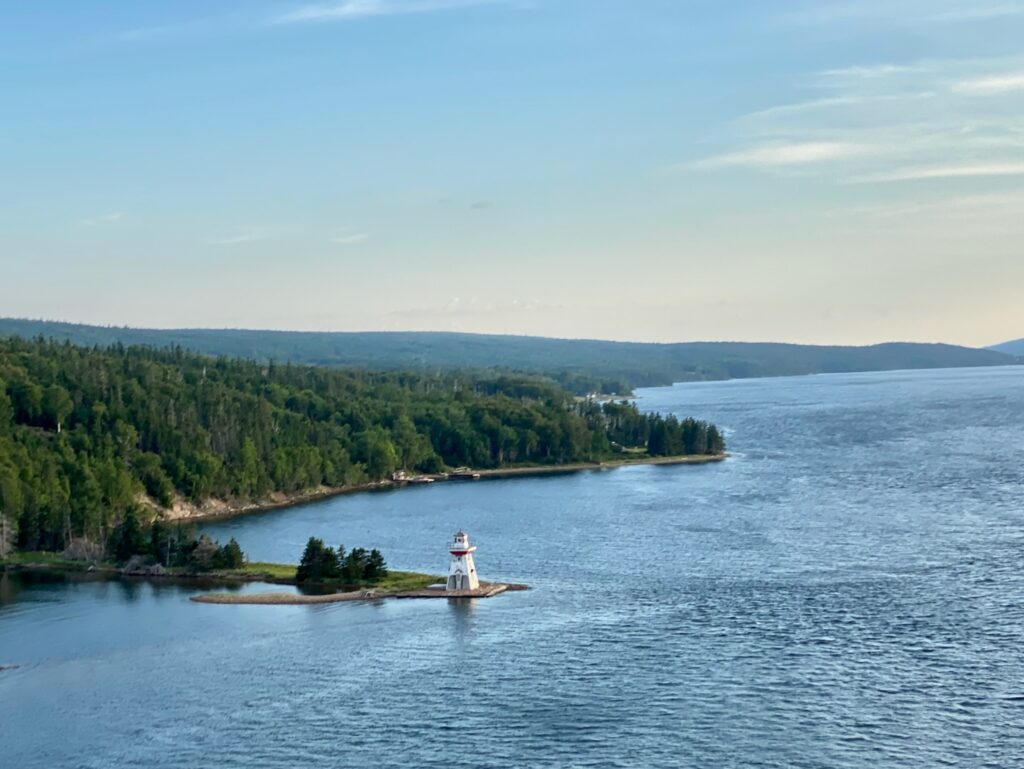
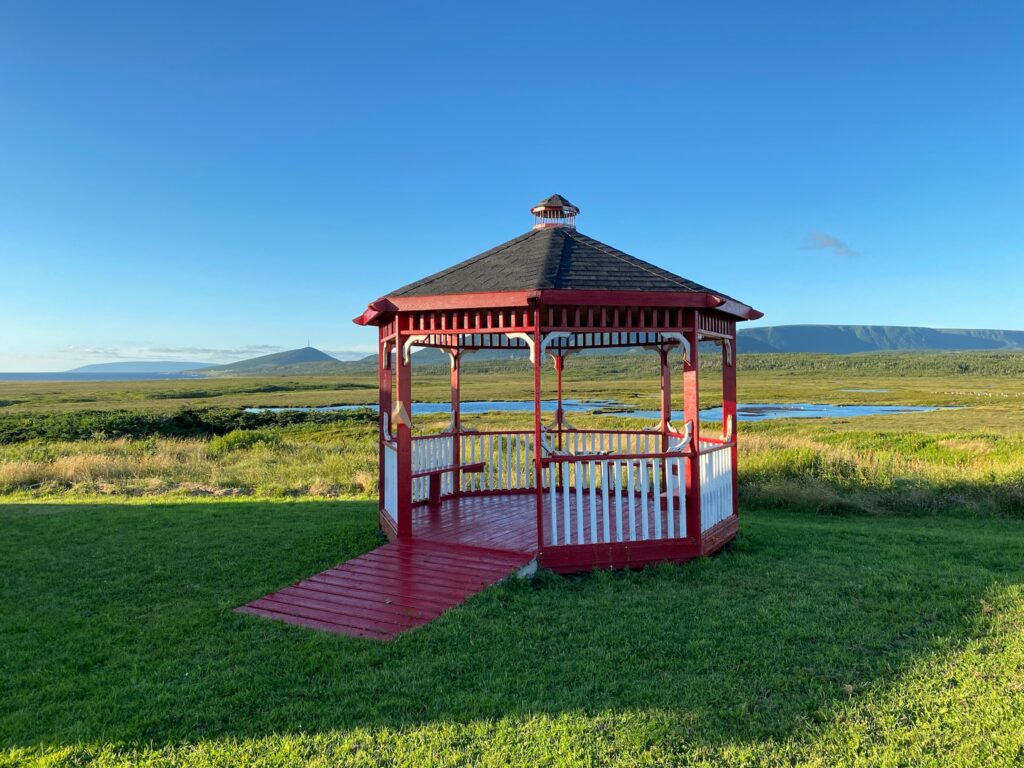
Cape Ray 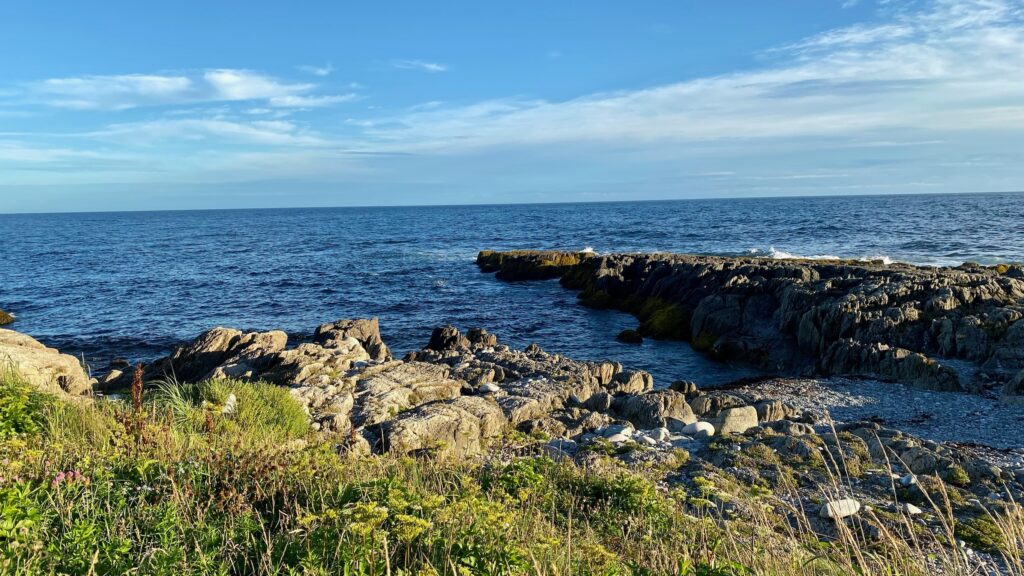
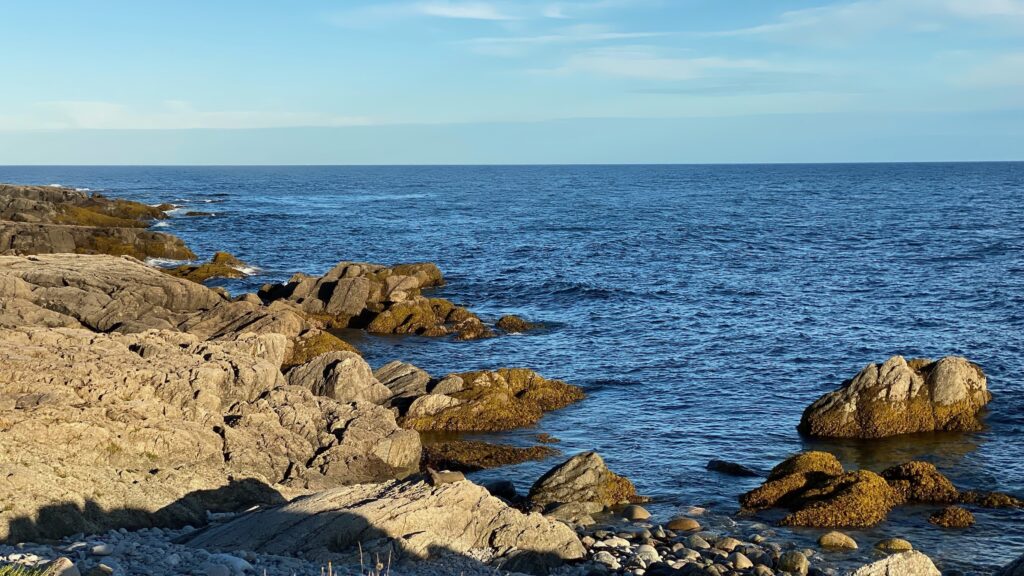
We woke to rain for our travel day north towards Gros Morne National Park. Unlike PEI with its soft rolling green hills (highest elevation 500ft above sea level), Newfoundland has some more serious mountains (with the highest peak reaching 2670 ft) so the heavy cloud cover blanketed the tops of several jagged peaks and floated heavy above deep, pine-tree-lined valleys.
After a quick stop at the visitor center, we camped at Water’s Edge RV Park, merely a wide spot off the highway along Bonne Bay. I had not been feeling well so it was nice that we had calm water views and sunshine over the next few days as we explored the Tablelands area of Gros Morne National Park.
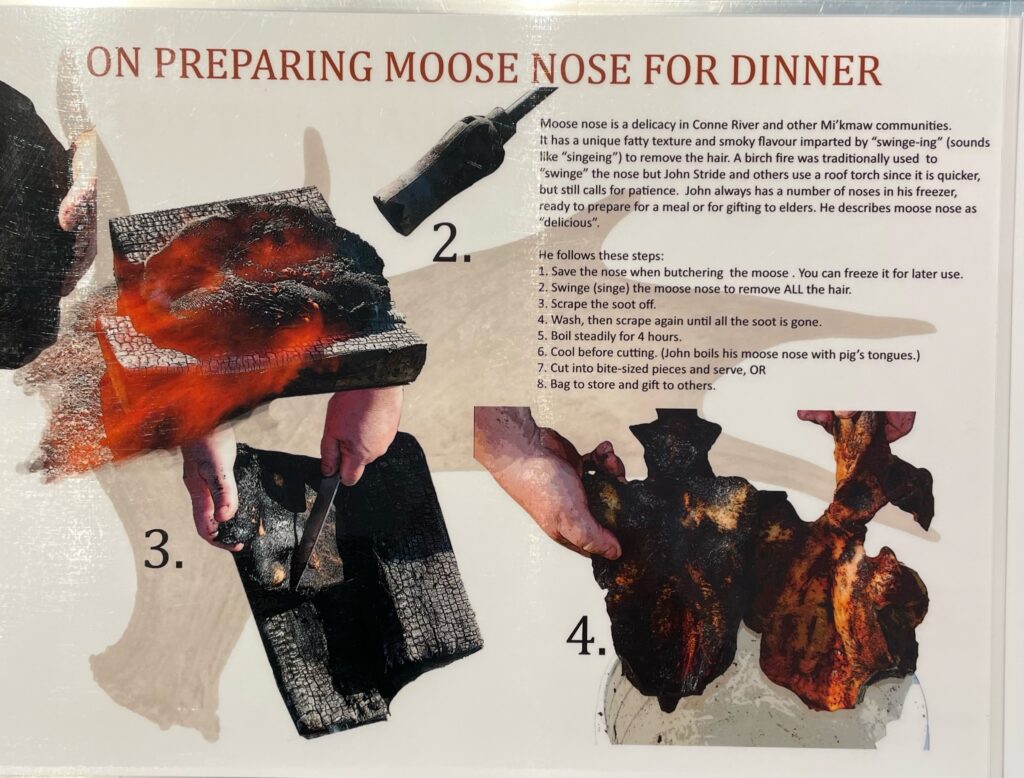
Visitor Center 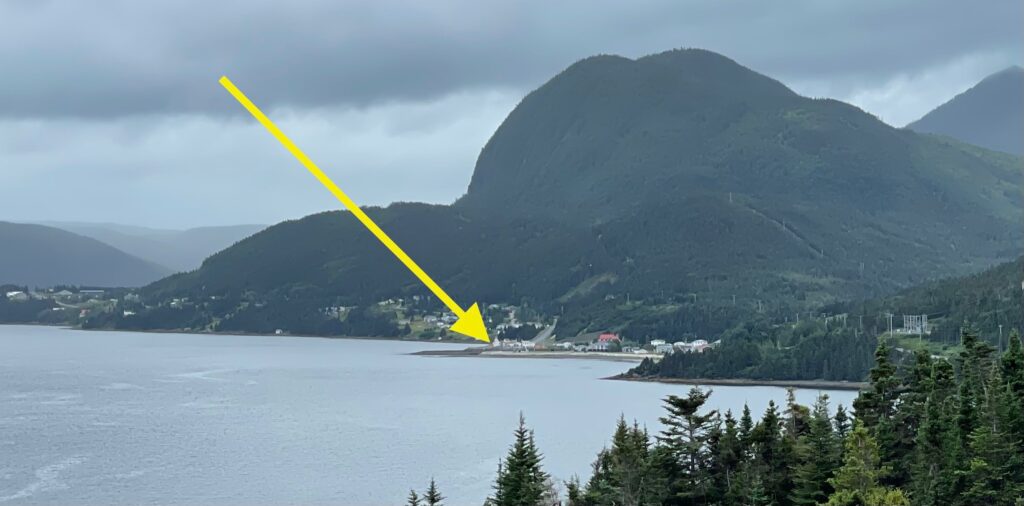
RV Park Location 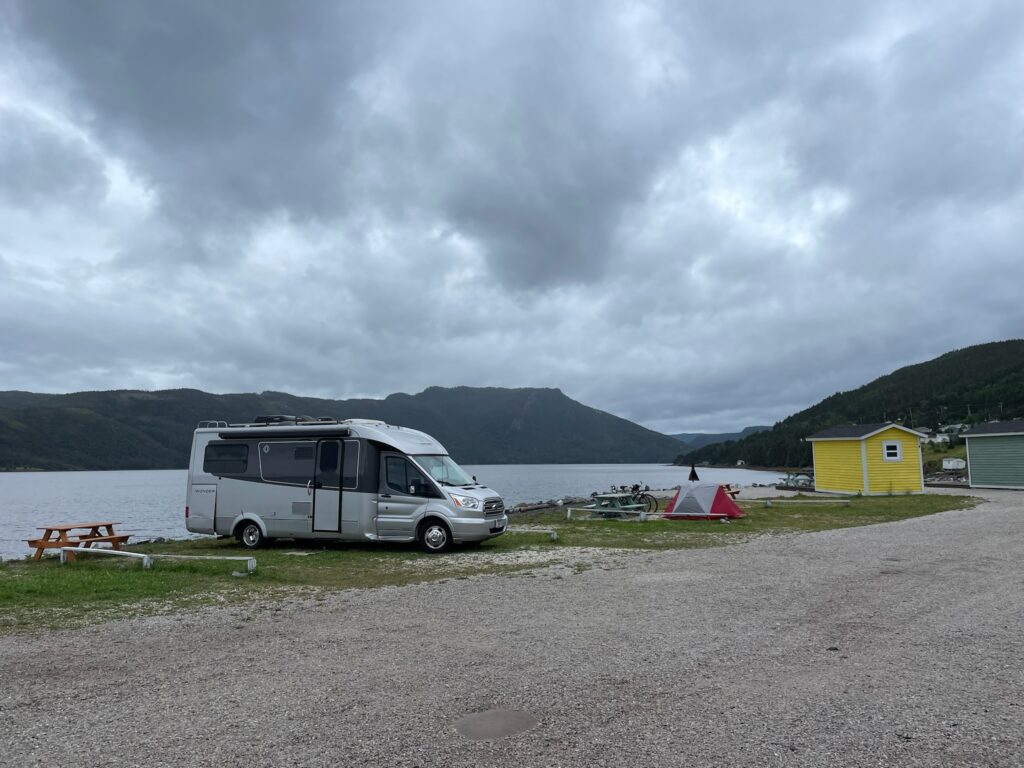
The following day we drove towards Tablelands and Doug completed a 7-mile out and back hike called Green Gardens in the morning!
In the afternoon, we did the Tablelands hike together. The Tablelands are a rare example of the process of continental drift, where deep ocean crust and the rocks of the earth’s mantle lie exposed after ancient continents collided. The collision pushed up crust that eroded over millions of years, leaving behind these barren, orange flat top mountains. The hiking temperature was perfect, the winds were pleasant, and it wasn’t overly crowded. The trail was flat, well-marked and skirts the base of a mountain with panoramic views. As we turned the corner, glacially carved giants stood defiant in the distance and a royal blue stream in the area flowed quietly in contrast its surrounding stark landscape. The pictures really don’t do it justice as it felt like we were explorers of a brand new world.
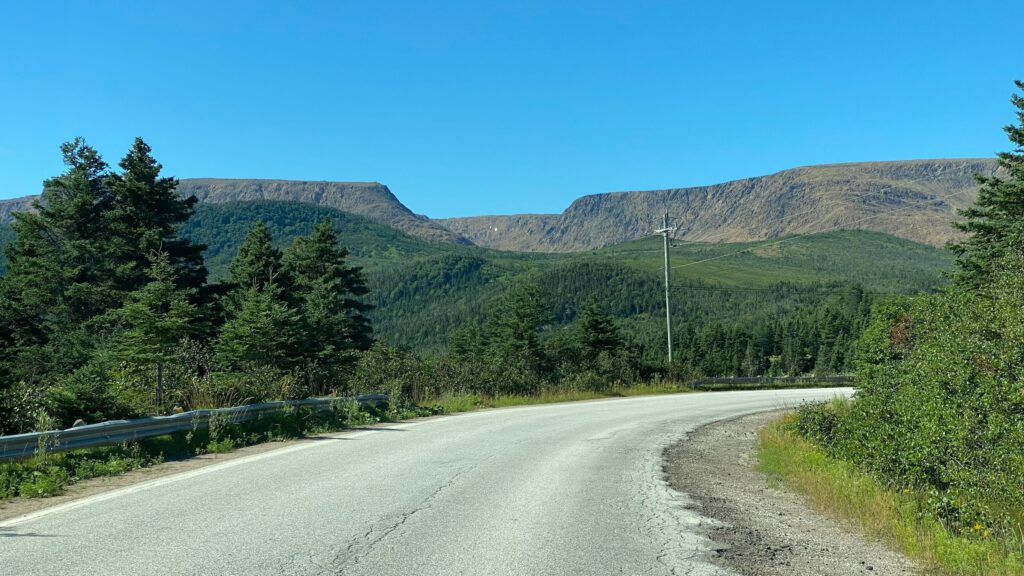
Drive to Tablelands
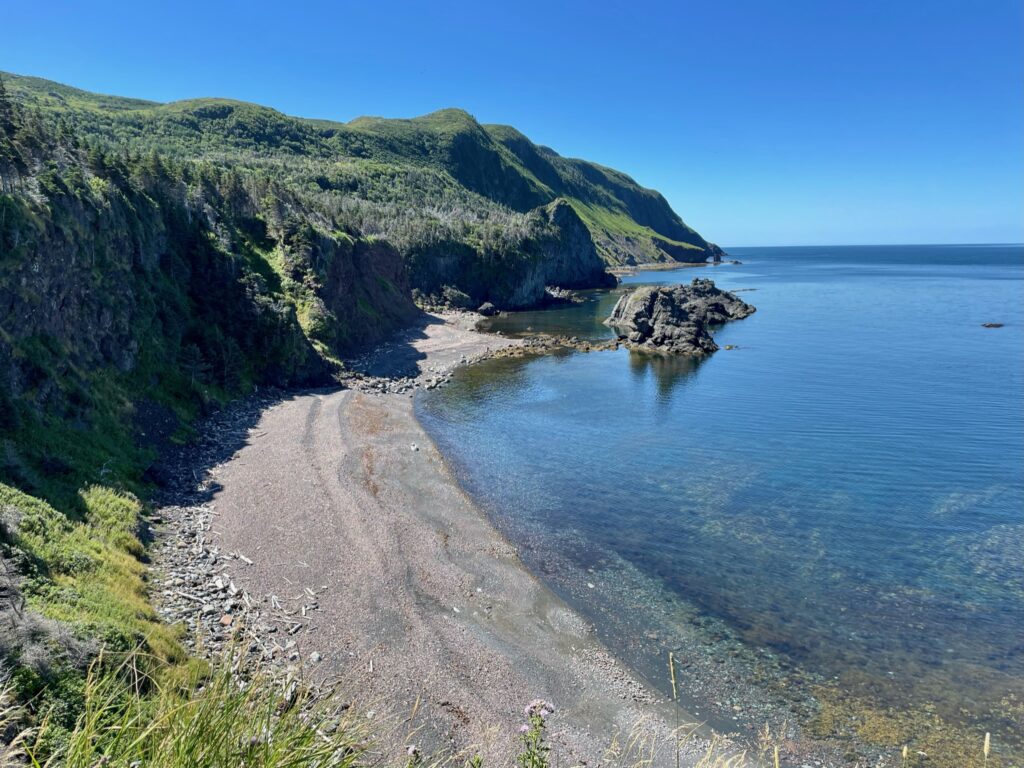
Green Gardens Hike 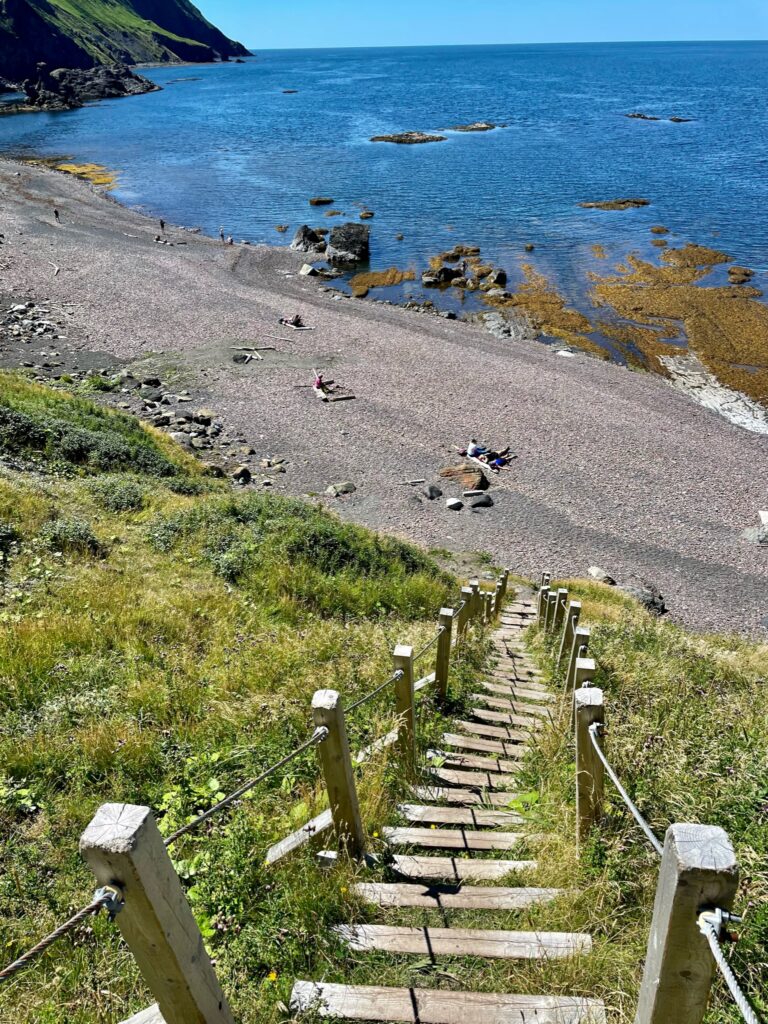
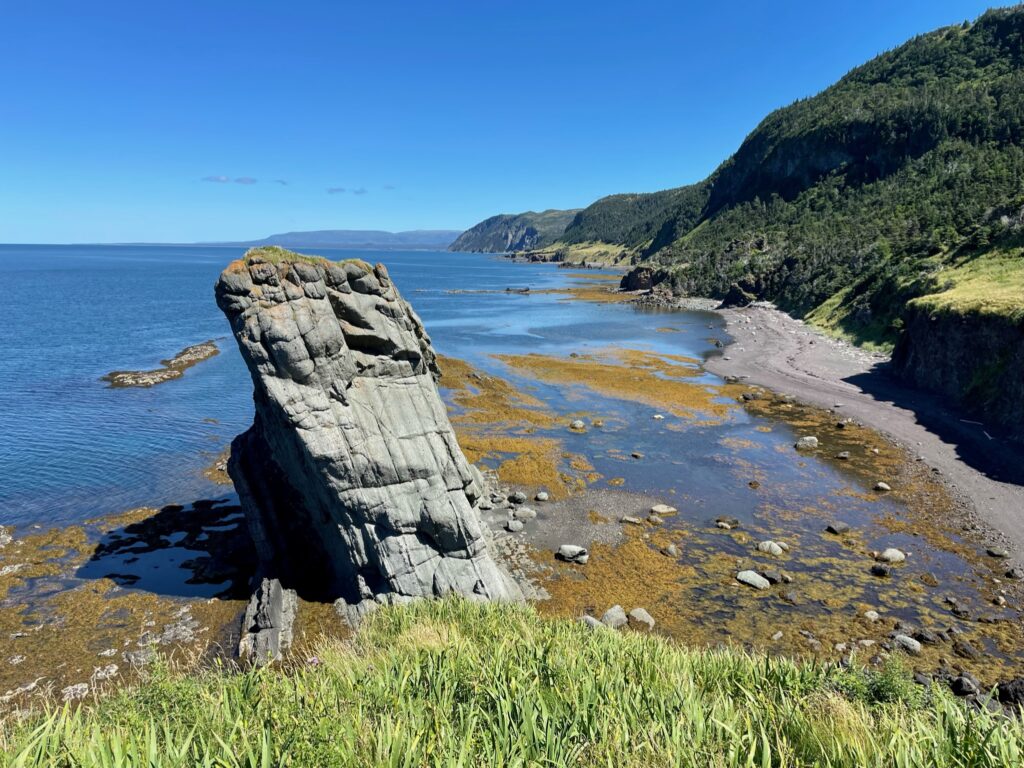
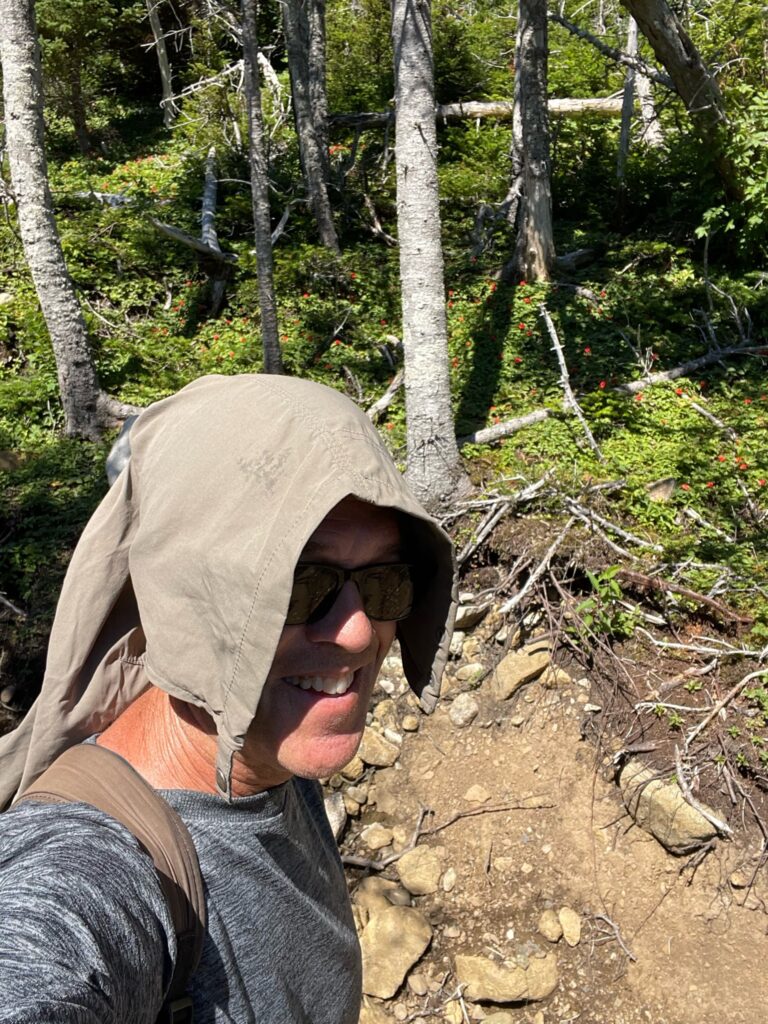
Doug forgot his hat! 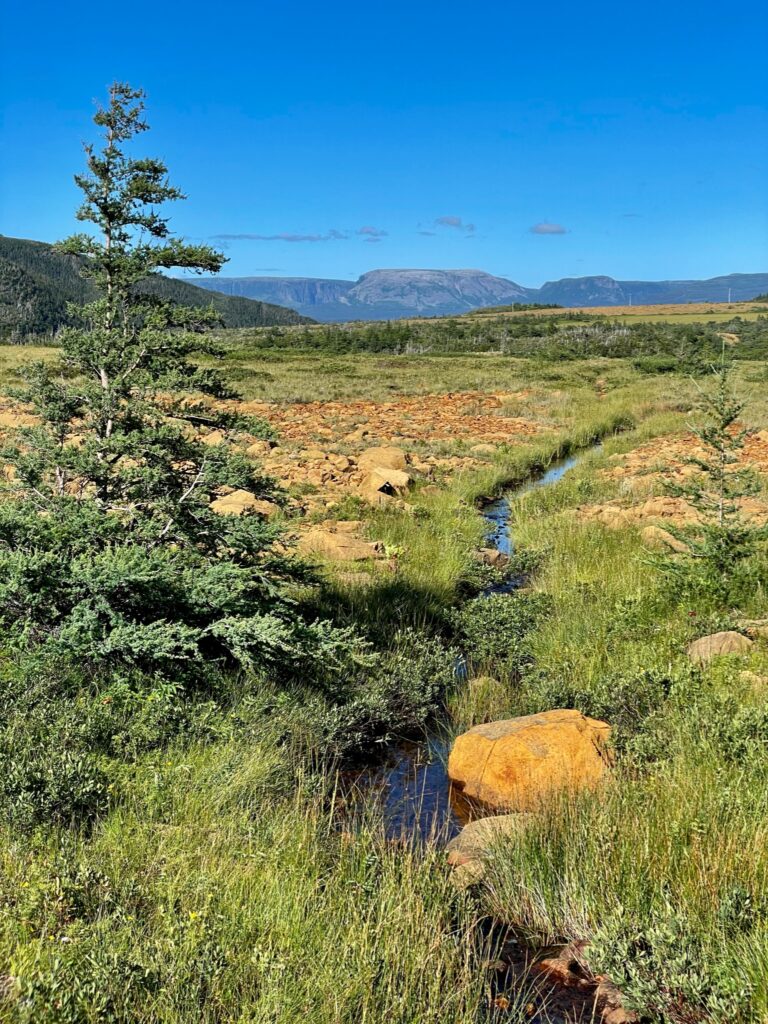
Tablelands Hike
Our first few days in Newfoundland, did not disappoint! We were already in awe of this maritime island.

